Fish Don’t Know Borders: Inside the European Tracking Network
2025-10-22

Fish Don’t Know Borders: Inside the European Tracking Network
est. reading time: 8-10 minutes
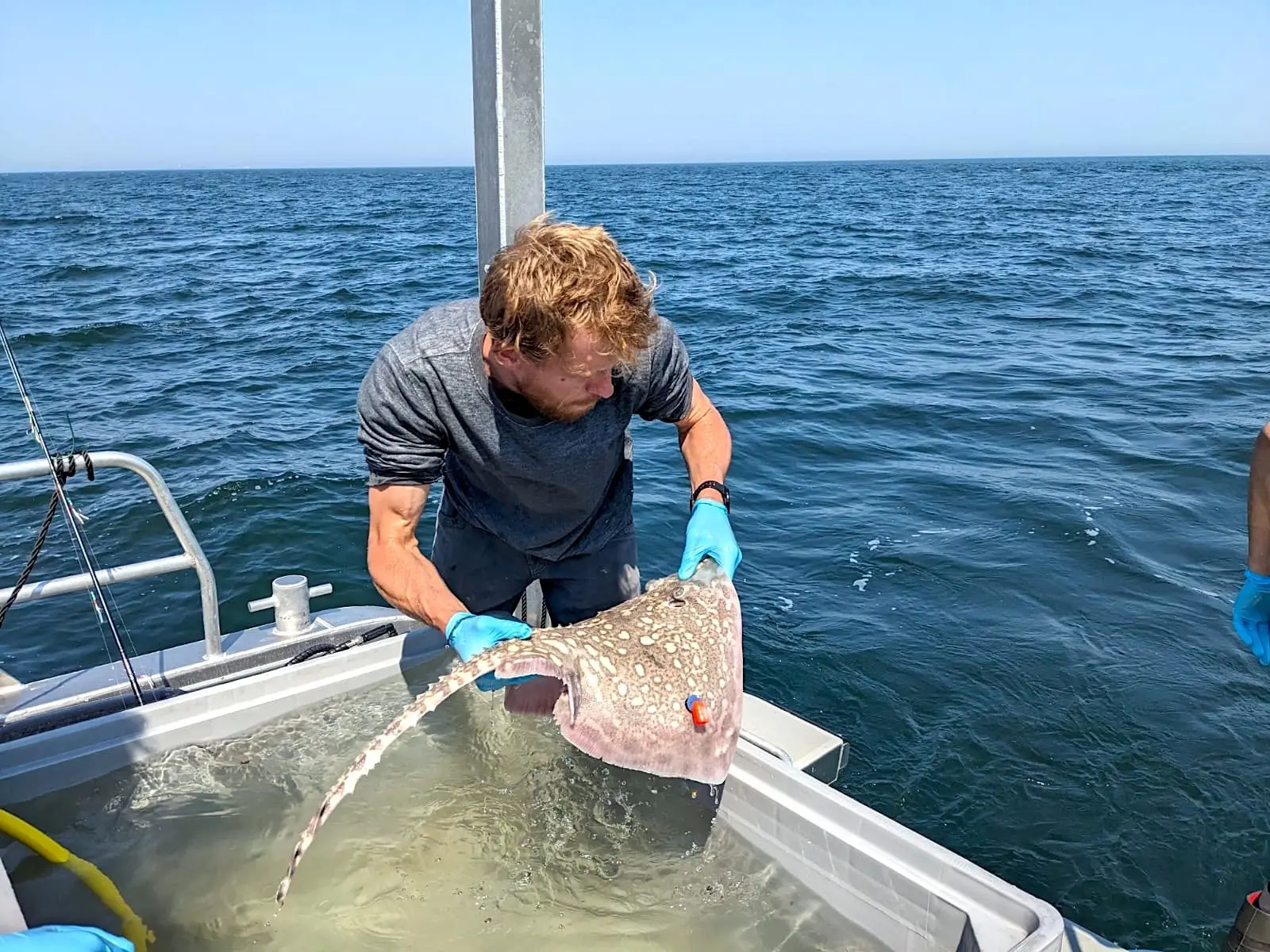
How a PhD problem became Europe’s living map of aquatic life
When marine biologist Jan Reubens started tracking cod off the Belgian coast, his research world was small – a few tagged fish, a couple of receivers, and one simple question: Where do they go?
It didn’t take long for frustration to set in.
“It’s very nice to have a small array of receivers around wind farms,” Jan recalls. “But what happens when your fish moves out of your area?”
That moment, watching data disappear beyond reach, planted the seed for what would become one of Europe’s largest marine collaborations: the European Tracking Network (ETN).
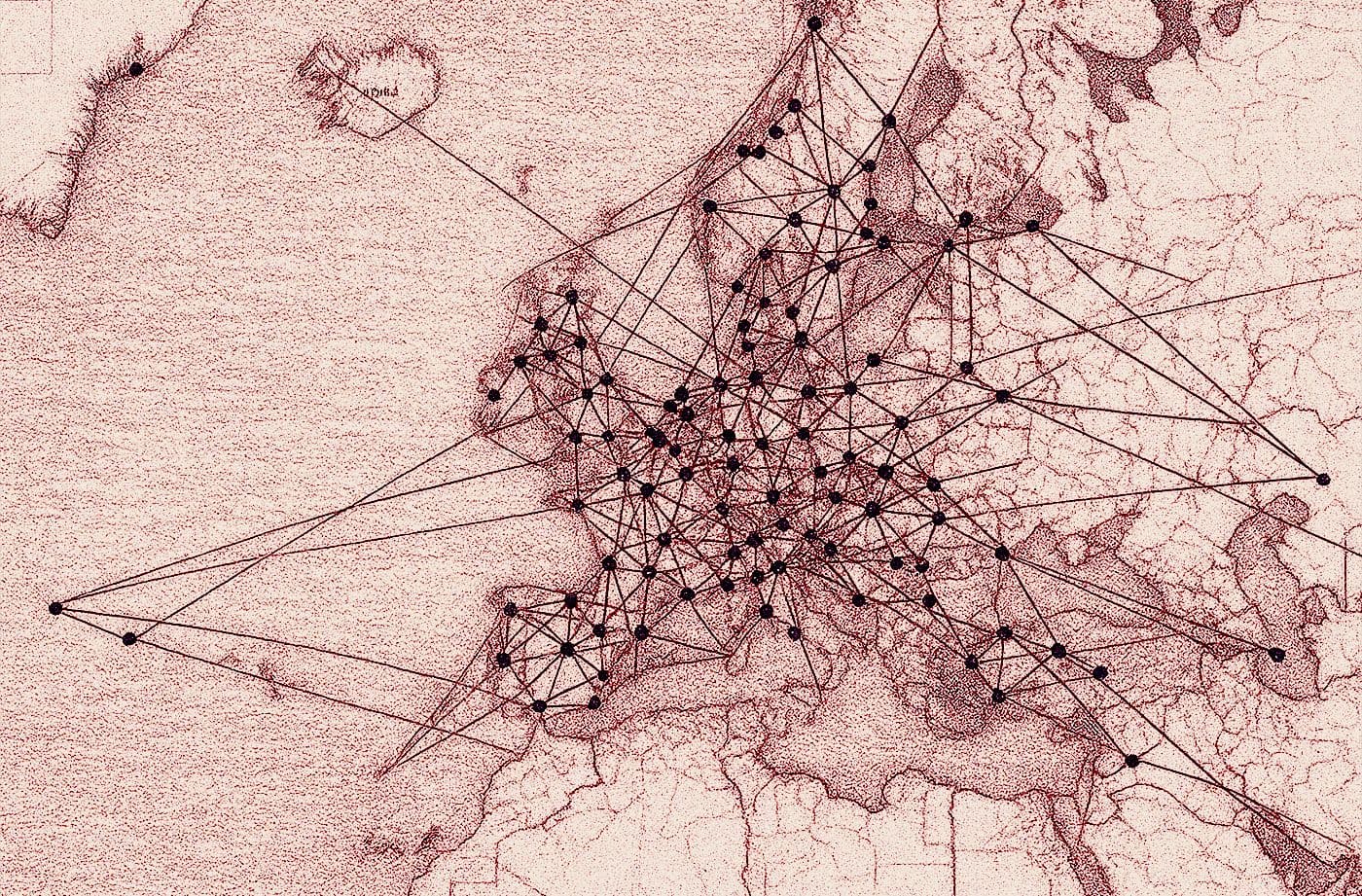
From “my fish” to “our fish”
What started as a PhD project soon turned into a continental mission. With the support of his supervisor, Jan helped write the first proposal to connect receiver arrays across borders.
“I thought I was just tagging cod,” he laughs. “Now I’m chairing a network that tracks thousands of species.”
Today, ETN connects:
- 600+ users
- 3,000+ active receivers
- 27,000+ acoustic tags
- 160+ tracked species
Each number represents a pulse of collaboration – every tag a potential bridge between studies, every detection a data point shared across the continent. Together, they form Europe’s living map of aquatic life.
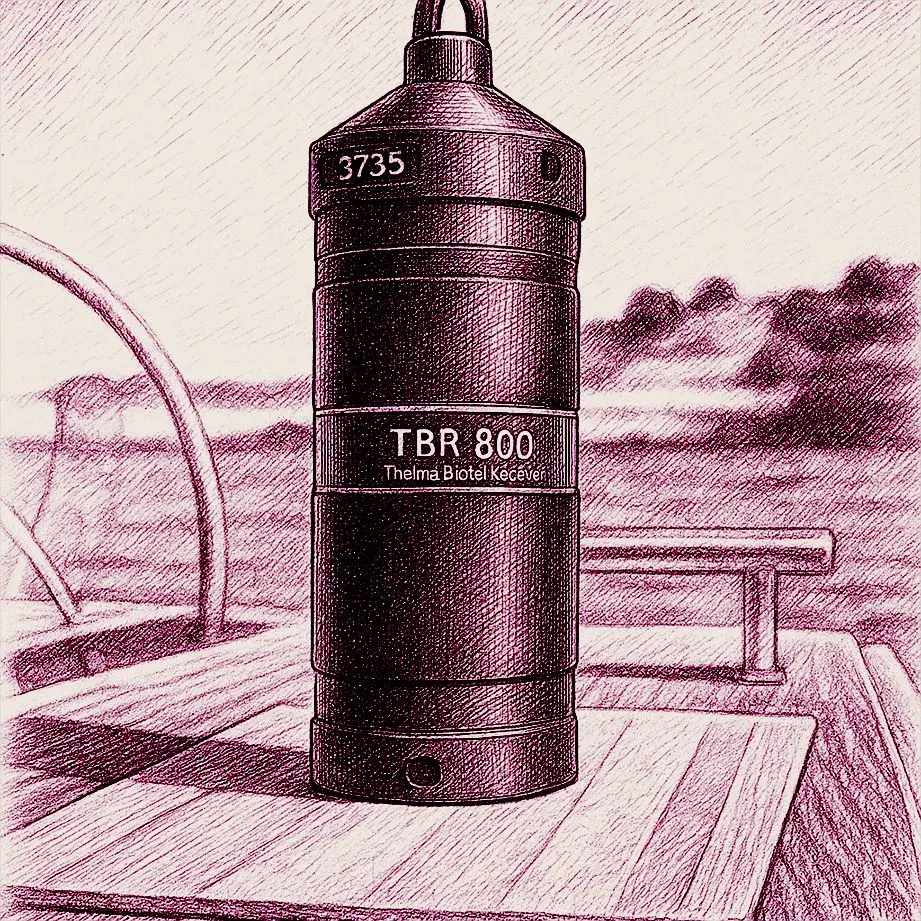
How Europe’s living map comes to life
The idea is simple, but powerful:
Fish and other aquatic species are equipped with tiny transmitters that emit sound pulses. Those signals are detected by underwater receivers placed across Europe. When one fish passes multiple receivers – perhaps moving from Belgium to the Netherlands – its path becomes part of a collective dataset.
That dataset now spans the entire European coastline and many inland waters. Together, these signals form a real-time mosaic of how aquatic life connects ecosystems and nations.
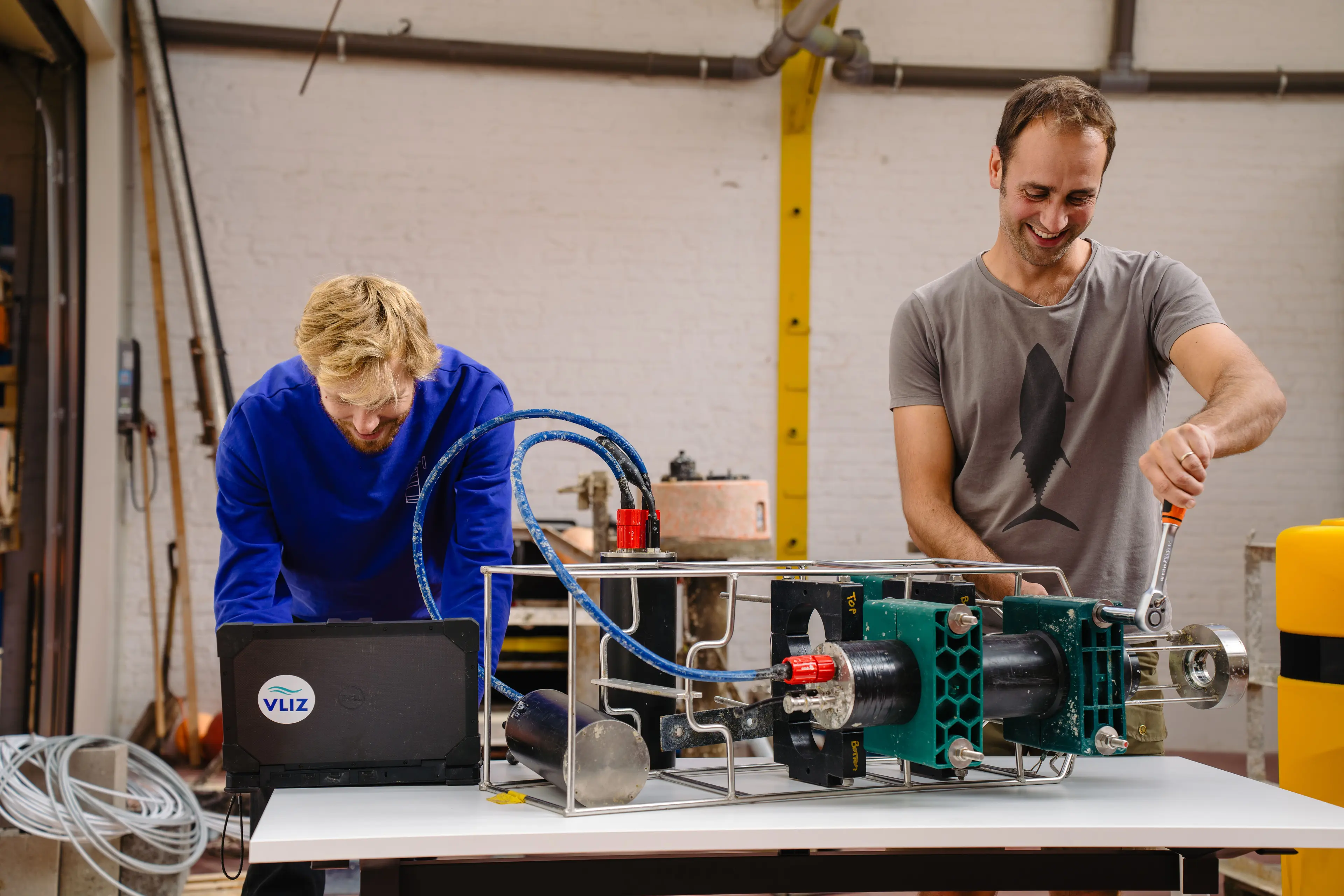
Why joining ETN matters
1️⃣ More data, less cost
By joining ETN, researchers extend their reach beyond their own study sites.
“A tag owner can see detections from any receiver in the network,” Jan explains. “As soon as another team uploads their data, you’ll see where your fish has been – even across borders.”
That means:
- Shared infrastructure = more detections with fewer receivers
- Lower costs for long-distance studies
- Automatic data enrichment when tagged animals move into new regions
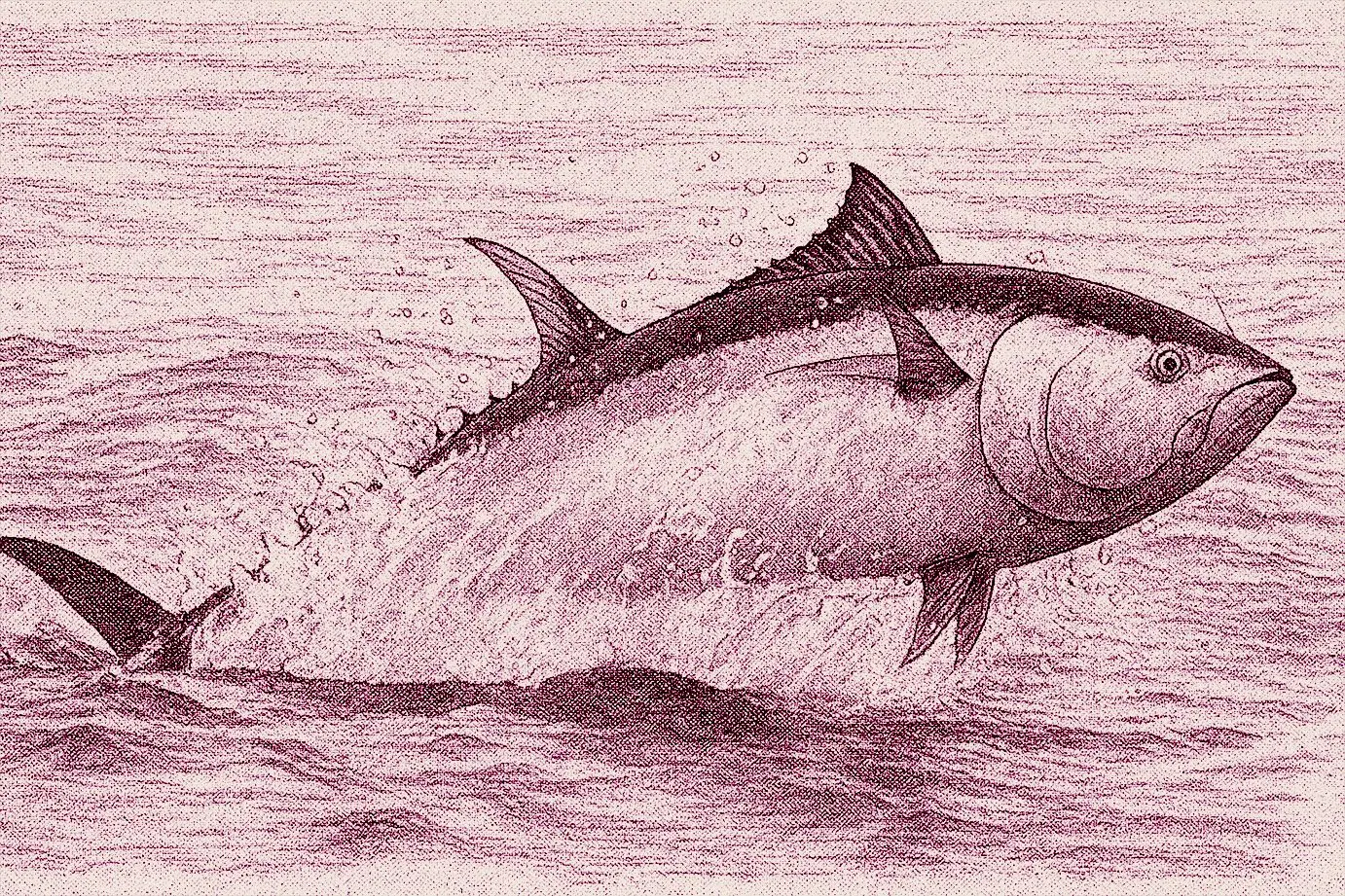
A striking example comes from Atlantic bluefin tuna, tagged in northern waters and tracked all the way to Mediterranean spawning grounds. Thanks to shared arrays, researchers can now follow individuals as they move between the Baltic and the Mediterranean – a migration that once would have been prohibitively expensive for any single lab to study.
2️⃣ Collaboration that accelerates careers
Uploading data to ETN doesn’t just store it. It signals your science to a European audience. Your project becomes visible to potential partners, leading to joint studies, co-authorships, and new opportunities.
That means:
- Visibility: Your fish and your name surface in datasets far beyond your own
- Networking: Each dataset becomes a signal not just from a fish, but from a scientist
- Career boost: Shared data = more publications, more partners, more recognition
For early-career researchers, ETN flips the old solo-study model: openness drives opportunity.
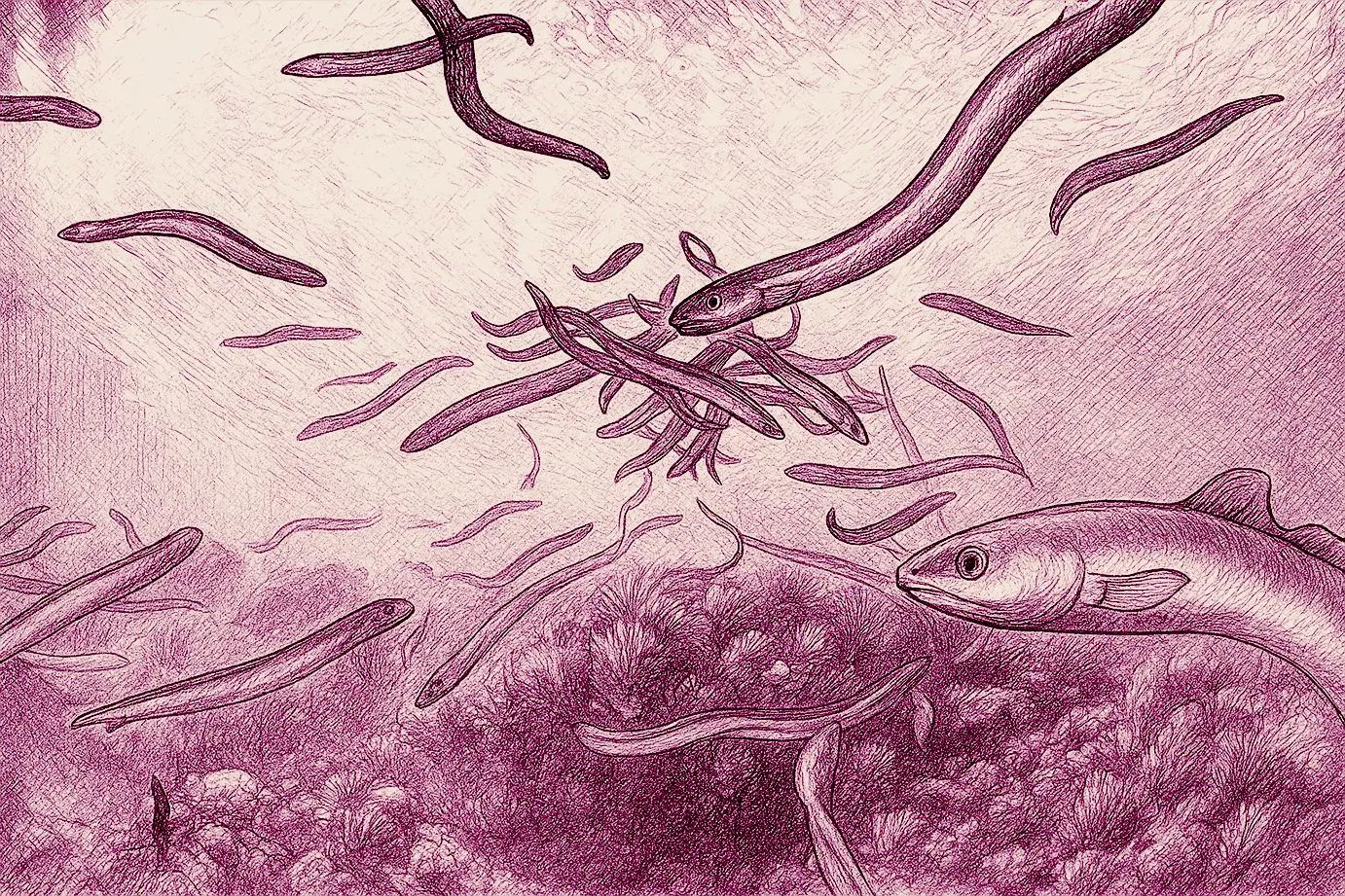
ETN has already enabled large-scale collaborations, like a meta-analysis on European eel migration that combined 20+ datasets from across the continent. The study revealed how migration timing shifts with latitude – insights that would have been invisible in isolated projects.
3️⃣ Science that gives back
Most aquatic research is publicly funded. ETN ensures that those data don’t vanish into private archives once a project ends.
“If it’s public money, the results should have public value,” says Jan. “We owe it to the ecosystem – and to each other.”
ETN’s open datasets feed directly into global biodiversity platforms such as:
- OBIS (Ocean Biodiversity Information System)
- EMODnet Biology
- GBIF (Global Biodiversity Information Facility)
This kind of connected science is what enables researchers to tackle today’s global biodiversity and ecosystem questions.
By linking local telemetry data to these international systems, ETN strengthens Europe’s contribution to marine conservation, policy, and management – from Digital Twin Oceans to biodiversity strategies.
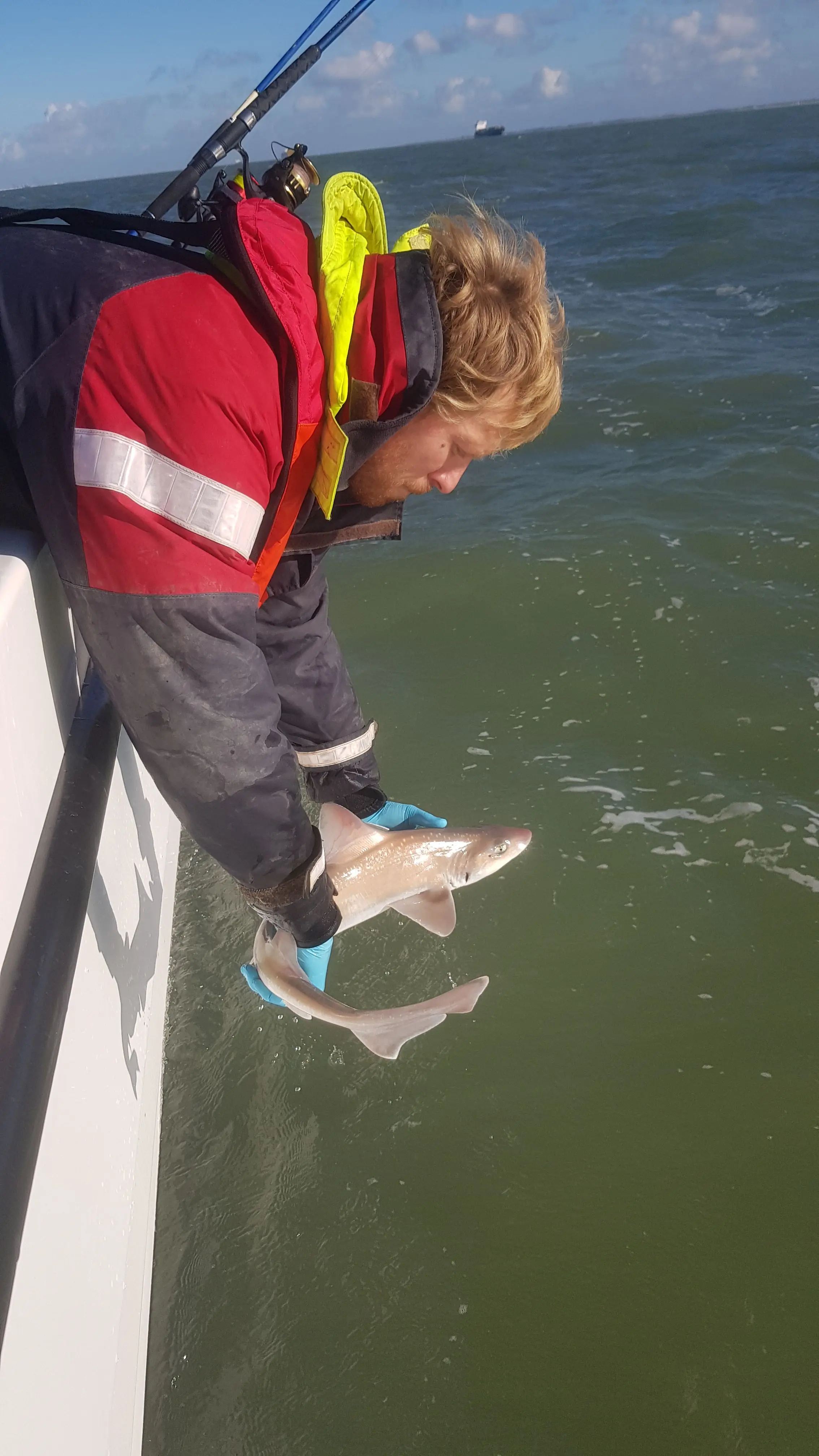
How to join ETN
The network is open to all researchers using compatible acoustic telemetry. Whether you’re launching a new project or already tagging animals, getting involved follows a few simple steps.
1. Register as a user
Visit the ETN portal and create an account. Registration gives you access to the data system and connects your project to the wider network of researchers across Europe.
2. Set up your project in the data portal
Create a project entry with basic information: study species, tagging plan, and receiver locations. This ensures your data can be linked, visualized, and shared within the ETN infrastructure.
3. Deploy and tag
Tag your fish or aquatic species with acoustic transmitters compatible with ETN’s shared receiver network. Once deployed, detections will automatically link to your project and – if you opt in – to the broader network.
4. Upload your data
Contribute receiver data to the ETN portal. This step unlocks the full benefit: shared detections, collaboration opportunities, and access to movement data across Europe.
5. Stay connected
Join ETN working groups, training sessions, or annual meetings to stay aligned with best practices, emerging standards, and new research directions.
Participation is free, but the returns are high: richer data, broader reach, and deeper collaboration. Every project added strengthens Europe’s shared capacity to understand and protect its aquatic life.
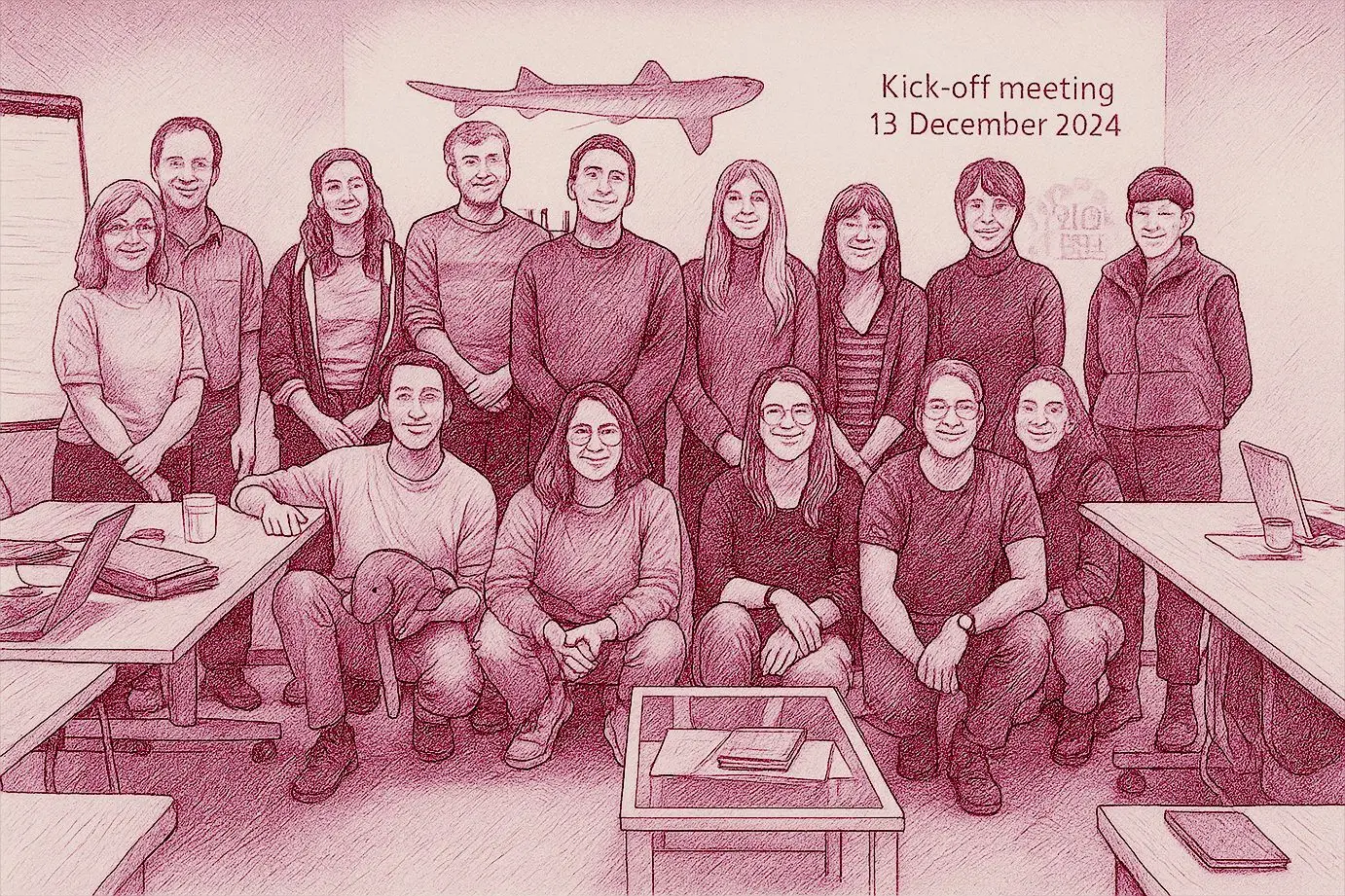
A network powered by enthusiasm
ETN isn’t a centralized institute. It’s a community of volunteers.
“We call ourselves a bunch of enthusiasts,” Jan smiles. “We meet a few times a year, decide on priorities, and try to engage the community.”
There’s no central funding or paid administration. Instead, ETN runs on collaboration and shared purpose. The structure keeps it flexible and inclusive, allowing local teams to shape deployments, adapt to national legislation and set priorities that reflect real-world conditions.
This bottom-up model has allowed ETN to grow fast and stay flexible. But as the network scales, so do the challenges regarding data management, coordination and funding.The next step, Jan says, is a hybrid model: keeping the open community spirit while adding just enough structure to help it scale.
A decade of connection – a journey ahead
In less than ten years, ETN has evolved from a local database into a living, breathing map of aquatic Europe, connecting hundreds of researchers and nearly a billion detections.
For Jan, the measure of success isn’t in numbers, but in connections: between fish and receivers, scientists and datasets, local projects and global questions.
“Fish don’t know borders,” Jan says. “So of course we need to collaborate internationally.”
🌊 Join the movement
If you’re tagging, tracking, or studying aquatic life, your work belongs in this map.
Visit the European Tracking Network (ETN) to register your project, connect with peers, and help build the next chapter of Europe’s aquatic story.
Starting your own tracking project?
Discover how Thelma Biotel tags and receivers support Open Protocol and integrate seamlessly with ETN’s shared network.
Explore our acoustic telemetry solutions




